Guest post by Stewart Copeland:
One year ago, I came across a picture of Roger Smith, showing him towering over his diorama of a baseball stadium. Spectators lined the balsa wood bleachers and players covered the felt field. Each person – there were more than a hundred in all – was meticulously carved from the pit of a peach. I was at the opening of an exhibit showing portraits of rural and traditional artists by photographer Dean Dixon. My previous film Let Your Feet Do The Talkin’ was playing alongside it and while I was waiting for the screening to start I became mesmerized by Roger’s picture.
His work was quirky without being kitsch; the characters were lighthearted and playful yet each seemed to have a personality as if they had lived an entire life before they walked in to the stadium. The carvings were astonishing, the craftsmanship flawless, the subject matter brilliant, but what made me want to learn more about Roger was his face. He was absolutely lovely. I looked up Roger in the phonebook the next day and the following weekend we began making the film.
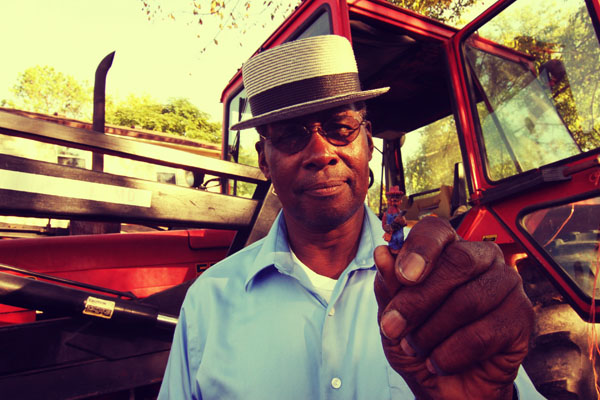
The first couple of times I met with Roger we would sit at his dining room table and just talk. Occasionally we would talk about his art and inspiration, but mostly we talked about his cows and the weather. As Roger and I became more comfortable with each other I brought over a Zoom H4N and a Canon 7D and recorded some of our talks and eventually started directing our conversations towards topics pertinent to the film. Over the course of three months I had done four one-hour interviews and shot about 11 hours of footage mostly on weekends and intermittent week nights. I had gathered enough material to cut a trailer. This is an essential step for me for a few reasons: A) Cutting a trailer lets me develop the look of the project and helps convey the overall aesthetic of the film to whatever crew may come aboard during production; B) The trailer is essential to fundraising, in our case, a small crowd sourcing campaign that financed the entire project; C) Making a trailer early in production lets me see how a subject reads on camera and helps me direct more efficiently as I get deeper in to production. Thanks to the trailer, we were able to round up $3,500 which afforded me the opportunity to take off for a week, hire a sound person and cameraman, and spend seven days shooting to complete the movie.
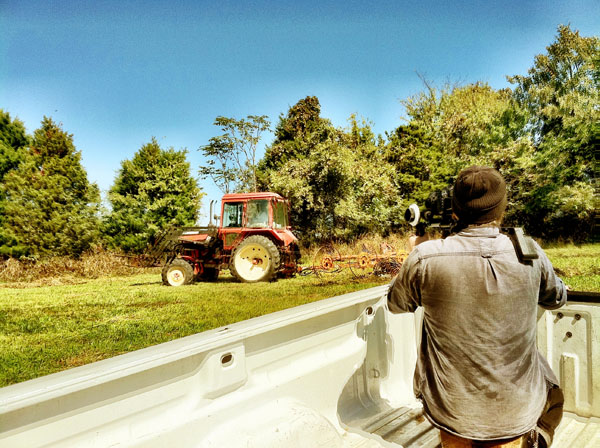
In one of our early conversations Roger said, “When I’m carving I turn a seed over and over and look at it for a long time to see what would be right to carve from it.” This stuck with me and when my dear friend and fantastic photographer, Cody Stokes, came to shoot for a week we tried to apply the same technique to our filming. Instead of chasing around action we would set up a frame and let the camera run longer than normal. The result was magical. The subtlest things became significant; a change in the wind or a shift in the light felt dramatic. I believe that emulating Roger’s process gave me a deeper understanding of how he perceives the world and the pace, tone, and feel of the film reflect that revelation.
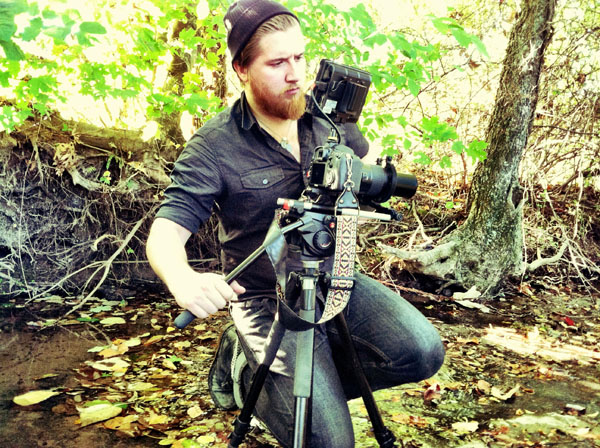
Mr. Smith’s Peach Seeds is my first documentary using a DSLR. I ran into all the familiar problems associated with video-capable SLR cameras i.e. capturing sound, shooting handheld, recording time limits, etc. But the strangest hurdle I faced was overcoming the seduction of the DSLR image quality. I’m not a gear nerd. I never have been. But there was a moment during the shoot when I found myself using a slider and I realized I was in danger of drifting wildly off course. DSLRs and their seemingly endless arsenal of lenses and accessories provided a creative freedom that I had never experienced in video. However, I got dangerously close to falling down the rabbit hole of tilt-shift lenses and time-lapse b-roll. DSLRs are incredible cameras that can produce fantastic and wonderful images, but I had to take a step back a couple of times and remind myself what I was doing: I was there to tell Roger’s story and be respectful of his reality, not contort and distort his universe to make it look “cooler” on screen.
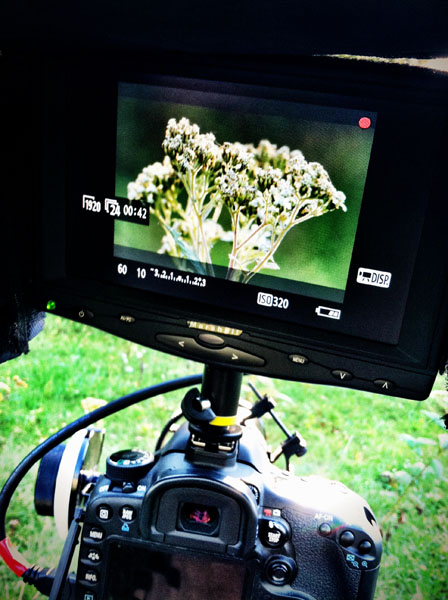
After we wrapped production I let the footage sit for about a month before I started editing. It took about two months to edit and when I finished I sent it to a friend in Nashville, David Poag, to color it. My father, Kyle Copeland, did the score. I don’t like my subjects to see any footage while I’m still shooting. I feel it alters the way they behave on camera, but I always watch a rough with them before it’s finished just to make sure there isn’t anything embarrassing or uncomfortable for them in the piece. When Roger first saw the film he teared up and said, “I wish my mother could have seen this.”
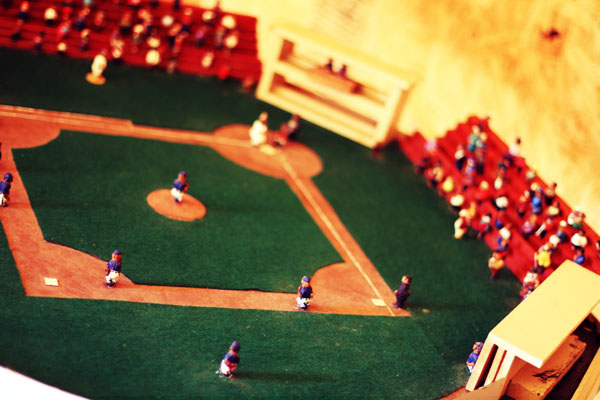
Equipment:
Canon 7D (2)
Canon 50mm f1.4
Tokina 11-16mm f2.8*
Canon 24-70mm f2.8*
Canon 70-300mm f4-5.6
Redrockmicro Follow Focus*
Marshall 7” LCD Monitor
Cavision Shoulder Rig
Manfrotto 055XB Tripod
Manfrotto 501HDV Head
Zoom H4N audio recorder
Sennheiser G3 Wireless Lavalier
Audio-Technica AT875R Short Shotgun Mic
*The equipment marked with asterisks I rented from Lensrental.com. They are an incredibly helpful company.
Stewart Copeland is a documentary filmmaker from Tennessee. His films have played nationally and internationally and broadcast on POV and The Documentary Channel. Stewart is also the recipient of the prestigious Individual Artist Fellowship through the Tennessee Arts Commission. His last two documentaries were Jennifer and Let Your Feet Do The Talkin’, both films are available through the Grammy Award Winning label Dust-To-Digital. See his work at www.stewstew.com or follow him on twitter @stew_stew






